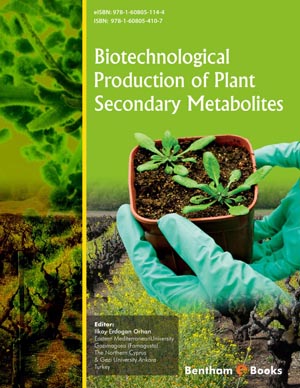Abstract
Annonaceae includes 2,106 species. Some species of this family have an economic interest in the international fresh fruit market and are often used as raw materials for cosmetics, perfumes and folk medicine. The most cited species are mainly those belonging to the genera Annona, Guatteria and Xylopia. Chemical investigations indicate that the characteristic constituents of the Annonaceae are terpenoids, including mono and sesquiterpenoids, such as α-pinene, β-pinene, limonene, (E)-caryophyllene, bicyclogermacrene, caryophyllene oxide, germacrene D, spathulenol and β-elemene. Antimicrobial, antioxidant, larvicidal, antiproliferative, trypanocidal, antimalarial and anti-inflammatory effects have been described in these terpenes. This work is an overview of the chemical properties and biological effects of the volatile terpenoids from Annonaceae species.
Keywords: Antioxidant Potential, Biological Effects, Essential Oils, Monoterpenes, Sesquiterpenes.

















